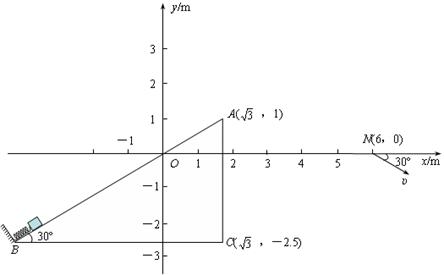American cities are similar to other cities around the world; In every country. Cities reflect the values of the culture. American cities are changing, just as American society is changing.
After Wolld Wa Ⅱ,the population of most large American cities decreased; bowever. The populaton In omthe Sun Belt cities increased. Los Angeles and Houston are eitit where populatfon shife(转移)to and from the oity reflect the changing values of Amorican society. In the late 1940s and early 1950s,city residents(居民)became wealthier. They had more children so they needed more space, They moved out of their apartments in the city to buy their own homes. They bought houses in the suburbs(郊区).
Now things are changing. The children of the people who left the cities in the 1950s are now adults. Many, unlike their parents, want to live in the cities. They continue to move to Sun Belt cities and older ones of the Northeast and Midwest. Many young professionals are moving back into city. They prefer the city to the burbs because their jobs are there; or they jus enjoy the excitement and possibii that the city offers.
his people shift is bringing problems as well as benefits. Countless poot people must leave their apartments in the city because the owners want to sell the buildings or make apartments for sale instead of for rent. In the 1950s, many poor people did not have enough money to move to the suburbs; now many of these same people do not have enough money to stay in the cities.
Only a few years ago, people though that the older American cities were dying. Some city residents now see a bright, new fiture, Others see only problems and comfiels the thing is sure many dying cities are alive again.
1. What does the author think of cities all over the world?
A. They are alive. B. They are hopeless.
C. They are similar. D. They are different.
2.Why did American city residents want to live in the suburbs after World War Ⅱ?
A. Because older American cities were dying.
B. Because they were richer and needed more space.
C. Because cities contained the wont pare of society.
D. Because they could hardly afford a live in the city.
3. According to the 4th paragraph, a great many poor people in American cities_________.
A. are faced with housing problems
B. are forced to move to the suburbs
C. want to sell their buildings
D. need more money for daily expenses
4. We ear comude from the text that ________.
A. American cities are changing far the worse
B. people have different views on American cities
C. many people are now moving from American cities
D. the population is decreasing in older American cities
 =17.25J,弹簧一端固定在底端,与小滑块不相连,弹簧原长为2.05m,轨道与滑块间的动摩擦因数
=17.25J,弹簧一端固定在底端,与小滑块不相连,弹簧原长为2.05m,轨道与滑块间的动摩擦因数 .某时刻撤去外力,经过一段时间弹簧恢复至原长,再经过1.8s,同时施加电场和磁场,电场平行于纸面,且垂直x轴向上,场强E=10N/C;磁场方向垂直于纸面,且仅存在于第二、三象限内,最终滑块到达N(6m,0)点,方向与水平方向成30º斜向下.(答案可用π表示,
.某时刻撤去外力,经过一段时间弹簧恢复至原长,再经过1.8s,同时施加电场和磁场,电场平行于纸面,且垂直x轴向上,场强E=10N/C;磁场方向垂直于纸面,且仅存在于第二、三象限内,最终滑块到达N(6m,0)点,方向与水平方向成30º斜向下.(答案可用π表示, )
)
 s
s  (2分)
(2分)
 =7.5m/s (1分)
=7.5m/s (1分)
 (2分)
(2分) =7.5
=7.5 (1分)
(1分) ,则运动时间为:
,则运动时间为: =
= (1分)
(1分) =
= =3.75m (1分)
=3.75m (1分) =(1.8-1)s=0.8s
=(1.8-1)s=0.8s (1分)
(1分) =2.5
=2.5 (1分)
(1分) =
= (1分)
(1分) =BO+
=BO+ (1分)
(1分)
 m)点,然后做匀速直线运动运动到N(6m,0).
m)点,然后做匀速直线运动运动到N(6m,0). =2m/s
=2m/s (2分)
(2分) =1T (1分)
=1T (1分)
 =
= =
= s (1分)
s (1分)